Harvesting abundant sources of renewable energy and then converting them into something valuable has been the quest humankind has been on for decades. This makes even more sense in current times when we are on the brink of exhausting earth’s vital resources, causing unrepairable harm to the planet. As scouts of this very quest, the team at Georgia Tech’s ATHENA lab has created a 3D-printed energy harvesting antenna that’s capable of garnering electromagnetic energy of the 5G signals to juice modern-day gadgets. The technology is literally about putting the overcapacity 5G network bandwidth to judicious use – turning it into a wireless power grid that could shape the future of our relentless energy requirements for IoT devices or mobile devices.
They’ve created a flexible Rotman lens-based rectifying antenna (rectenna) that can collect the millimeter-wave in the 28-GHz band – the first of its kind. Previously there have been attempts to harvest the 24 or 35 GHz frequencies, but they were not practical since they only worked when they are in sight of the 5G base station. Emmanouil Tentzeris, Professor in Flexible Electronics in Georgia Tech’s School of Electrical and Computer Engineering, rightly summed it up by saying, “The fact is, 5G is going to be everywhere, especially in urban areas. You can replace millions, or tens of millions, of batteries of wireless sensors, especially for smart city and smart agricultural applications.”
This one is by far the most potent wireless power grid capable of powering devices at acute range – much better than any existing technology aimed at doing so. The credit card-sized iteration of the technology has a spiky plate around the center, which assimilates the 5G network’s millimeter waves. Just to compare, the rectenna design antenna developed by the team is almost 21 times more capable of sucking power from any direction – making it a viable bendable energy harvesting system capable of being employed in future technology implementations for the end-user.
It could be anything from an energy harvesting phone case, a credit card in your wallet that could charge your smartwatch at the end of the day, or a deck of cards that does more than its core intended purpose. For now, however, the innovation is only capable of powering low-energy IoT devices like sensors on your thermostat, but still, it the first step in the limitless possibilities that it promises.
Designer: Researchers at the Georgia Institute of Technology
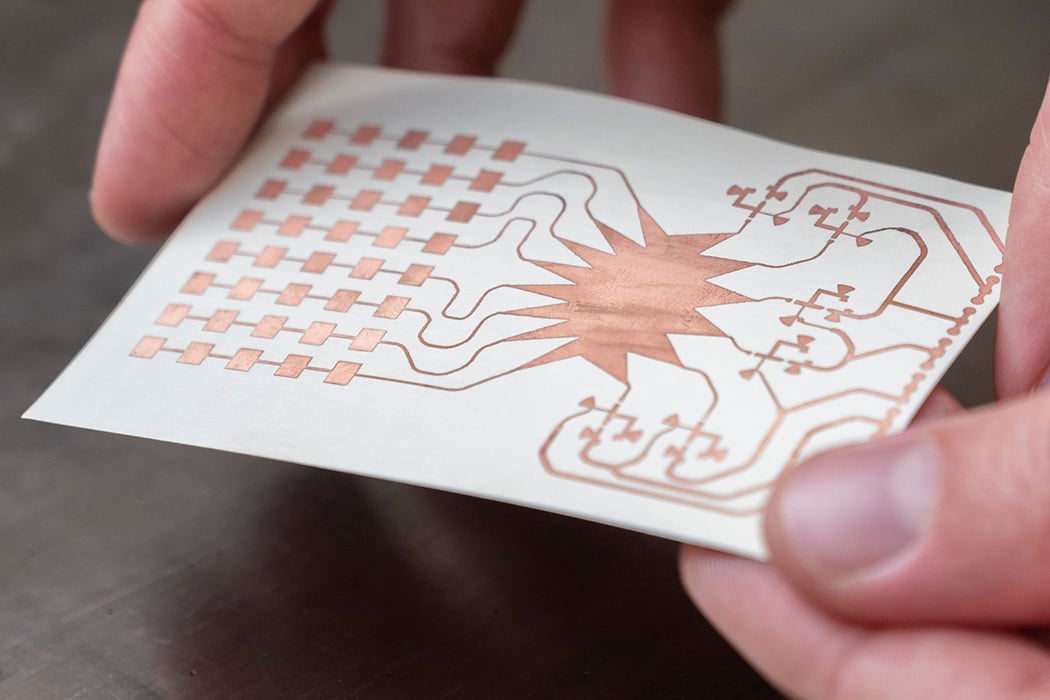
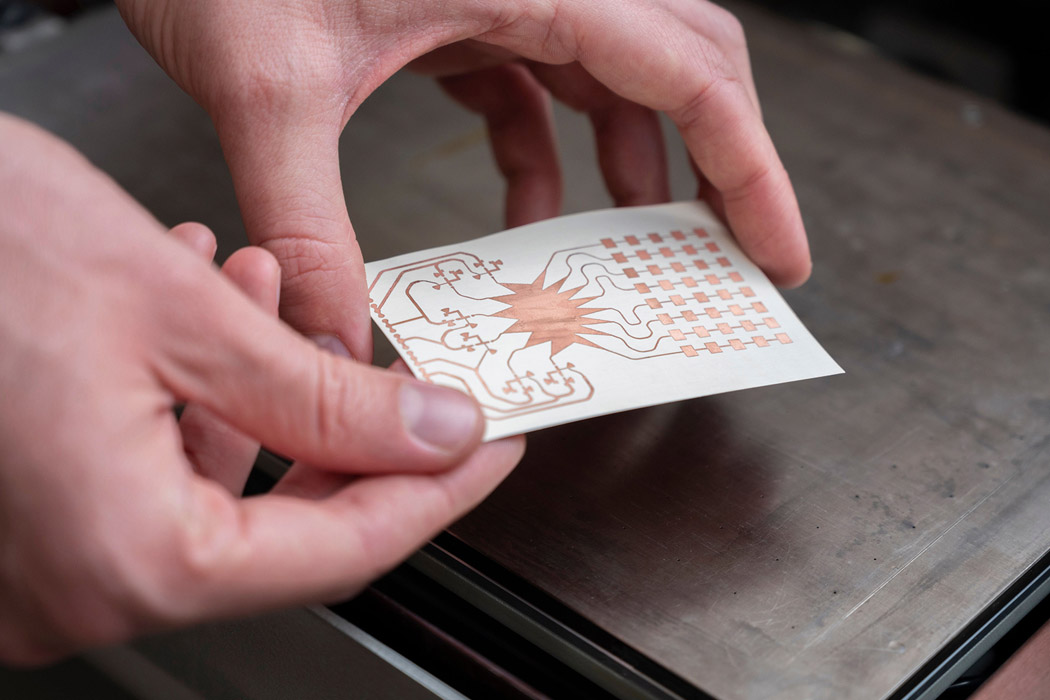

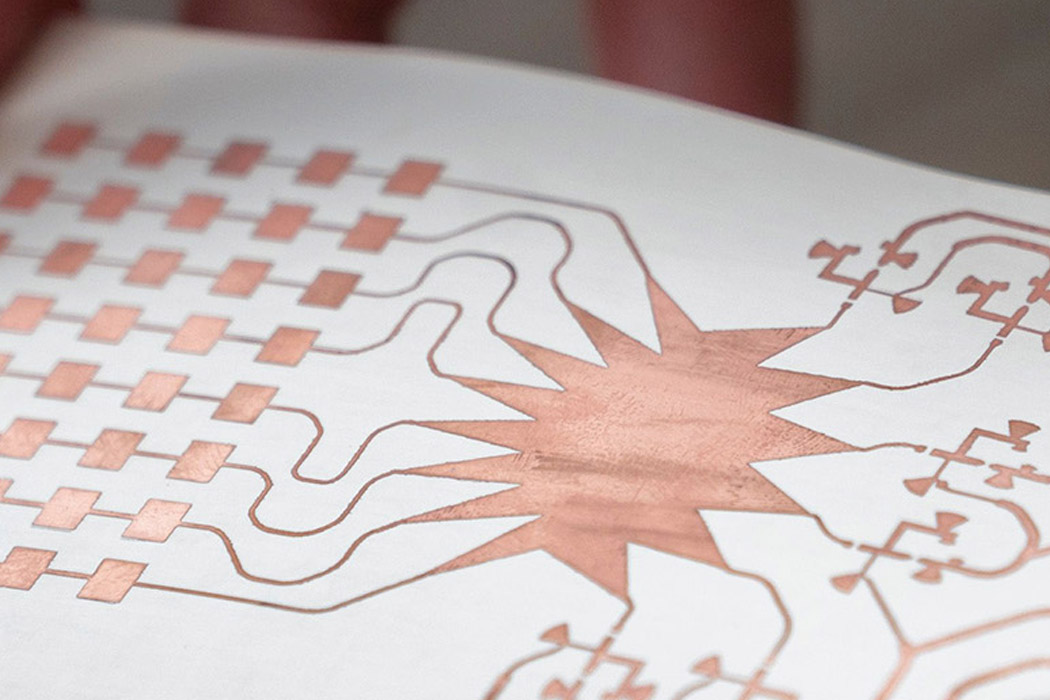
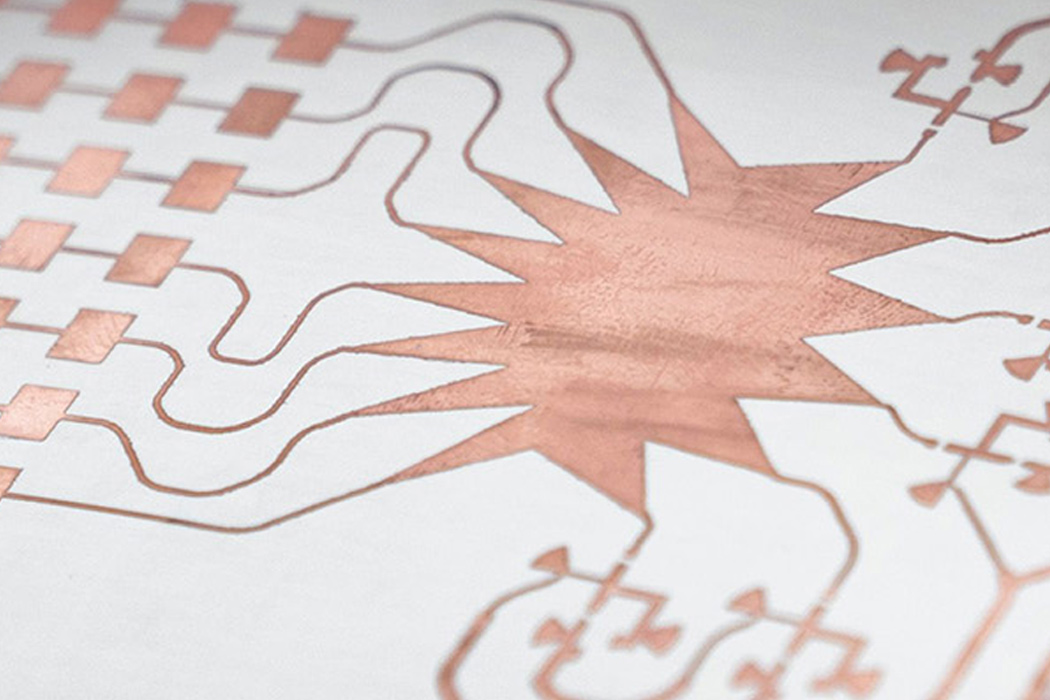
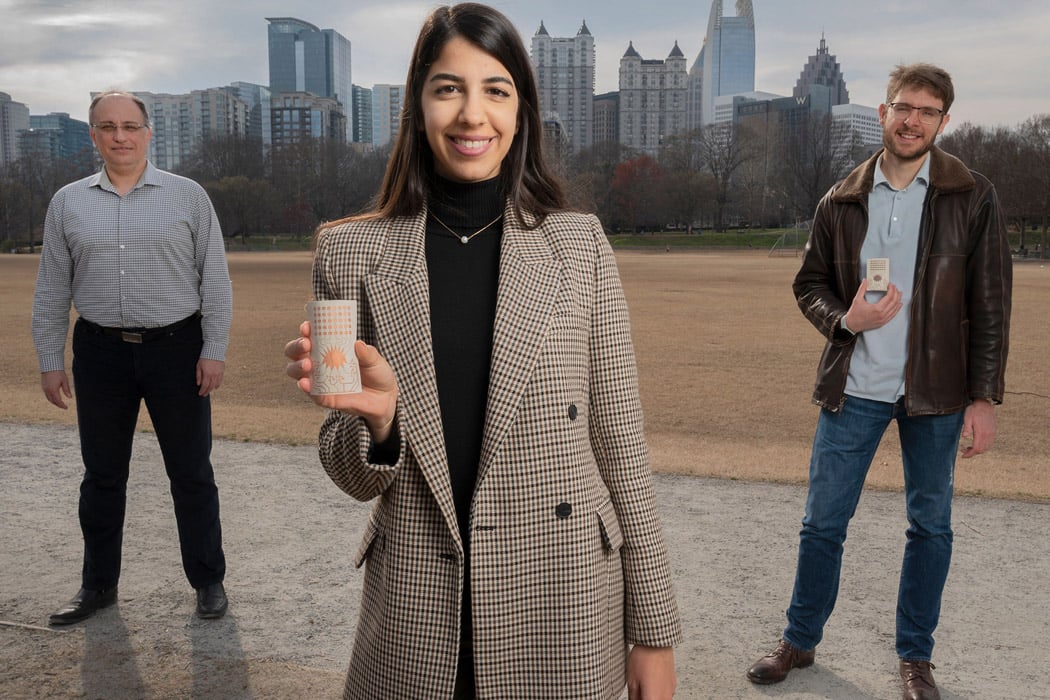
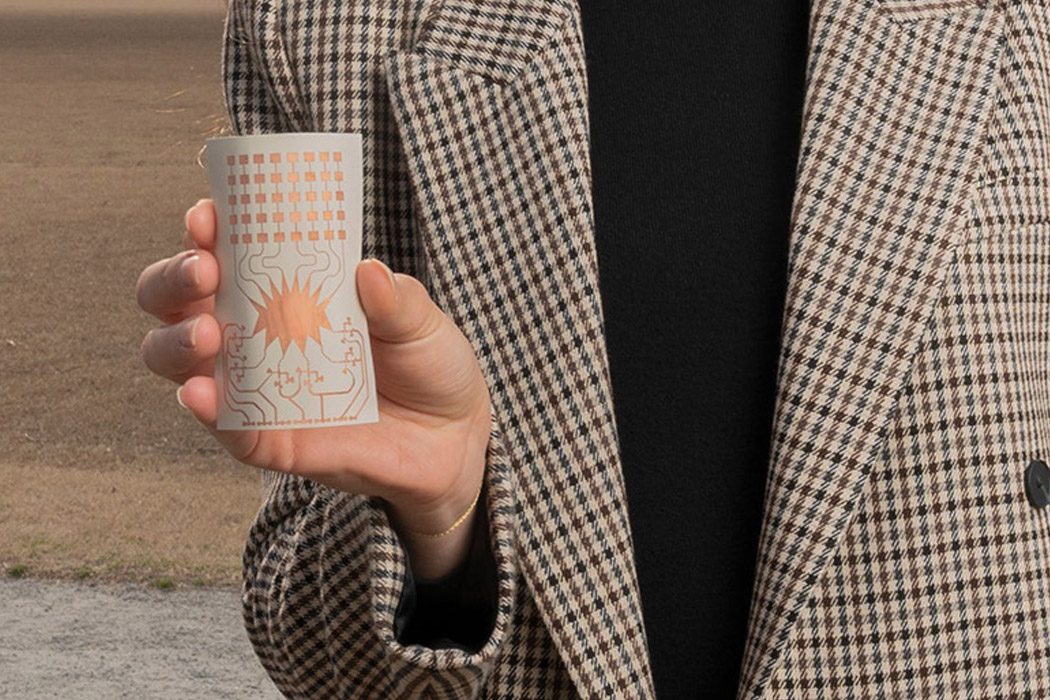
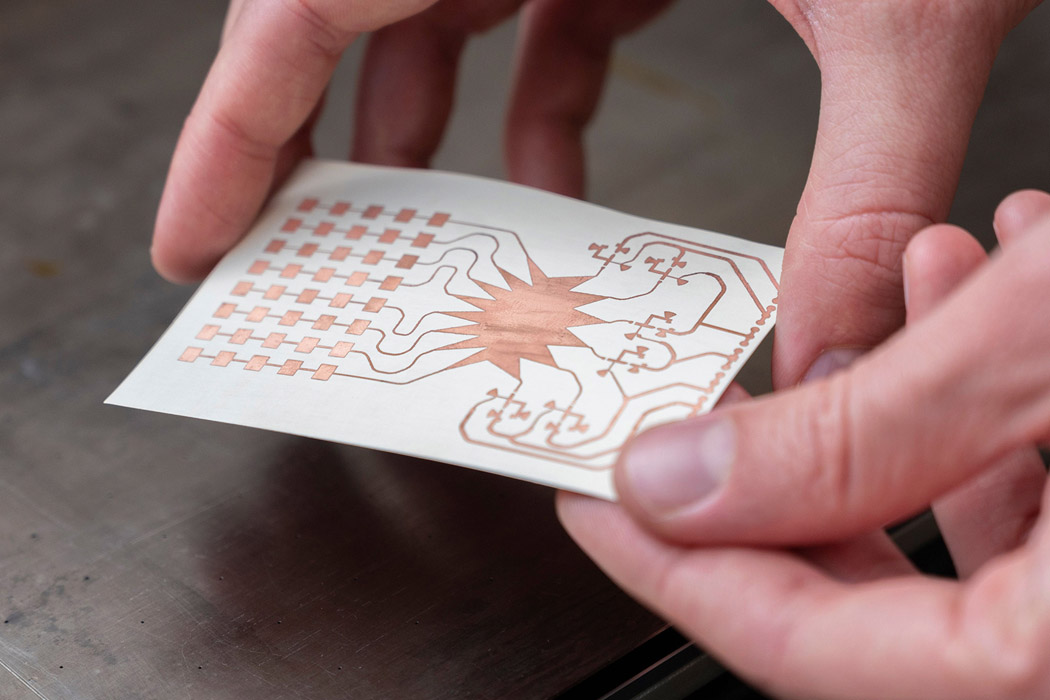
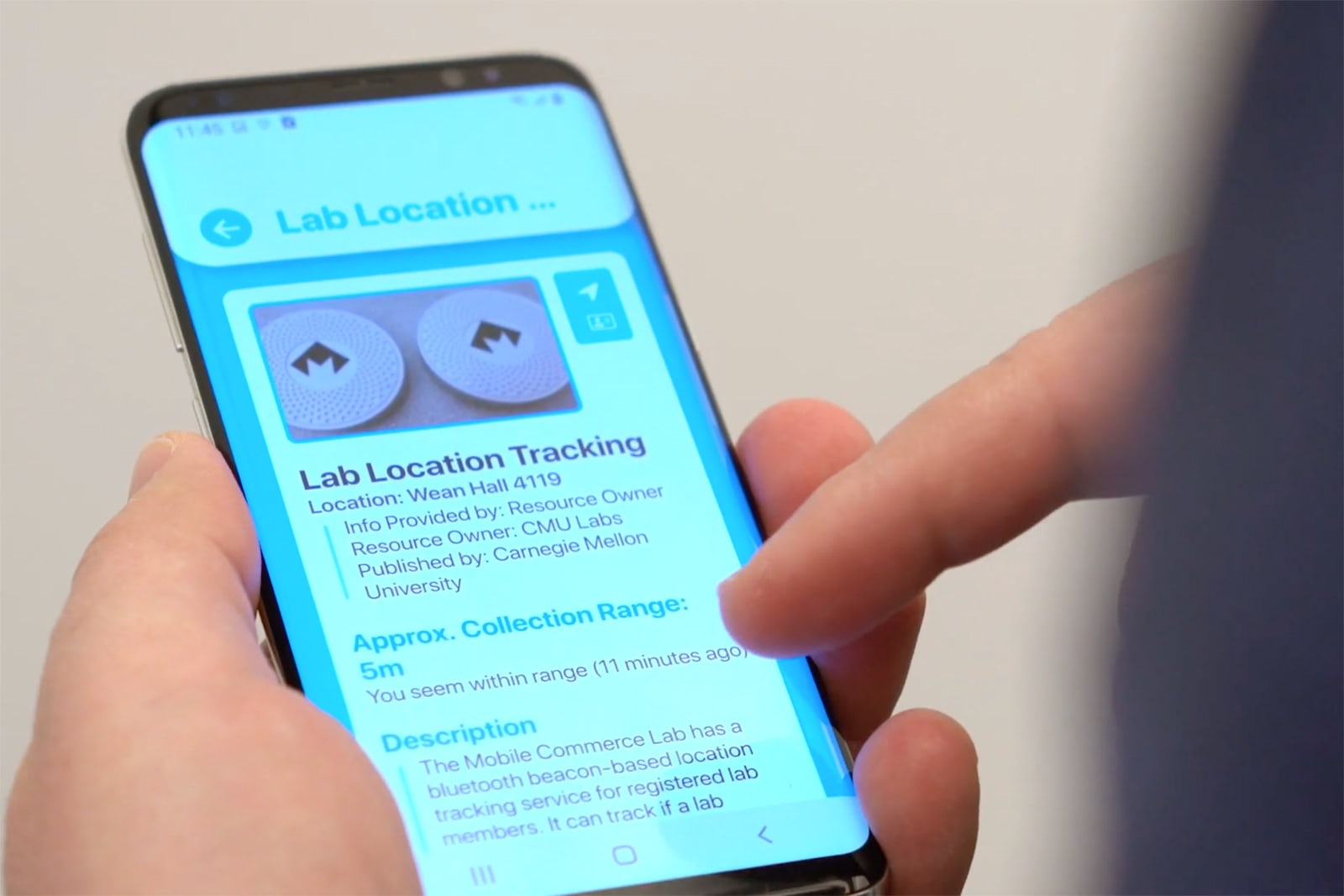 It's getting easier to control what your smart home devices share, but what about the connected devices beyond your home? Researchers at Carnegie Mellon's CyLab think they can give you more control. They've developed an infrastructure and matching...
It's getting easier to control what your smart home devices share, but what about the connected devices beyond your home? Researchers at Carnegie Mellon's CyLab think they can give you more control. They've developed an infrastructure and matching...
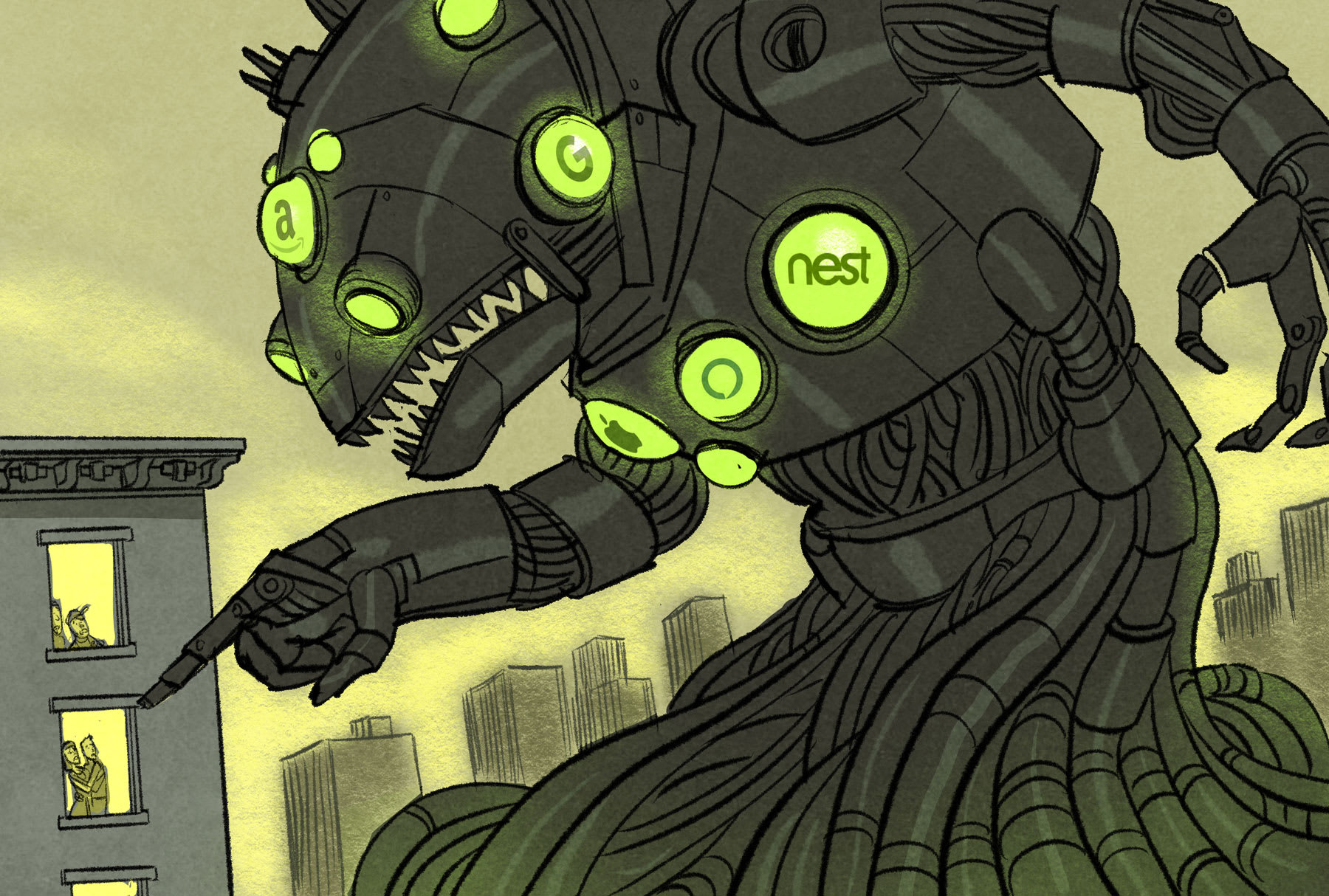 Our situation became clear when my friend ran through Trader Joe's screaming "ALEXA WHAT TIME IS IT?" This wasn't a cringey mockumentary comedy segment. It's the way we live now. I'm certain San Francisco's sea of terrified Postmates and Prime delive...
Our situation became clear when my friend ran through Trader Joe's screaming "ALEXA WHAT TIME IS IT?" This wasn't a cringey mockumentary comedy segment. It's the way we live now. I'm certain San Francisco's sea of terrified Postmates and Prime delive...
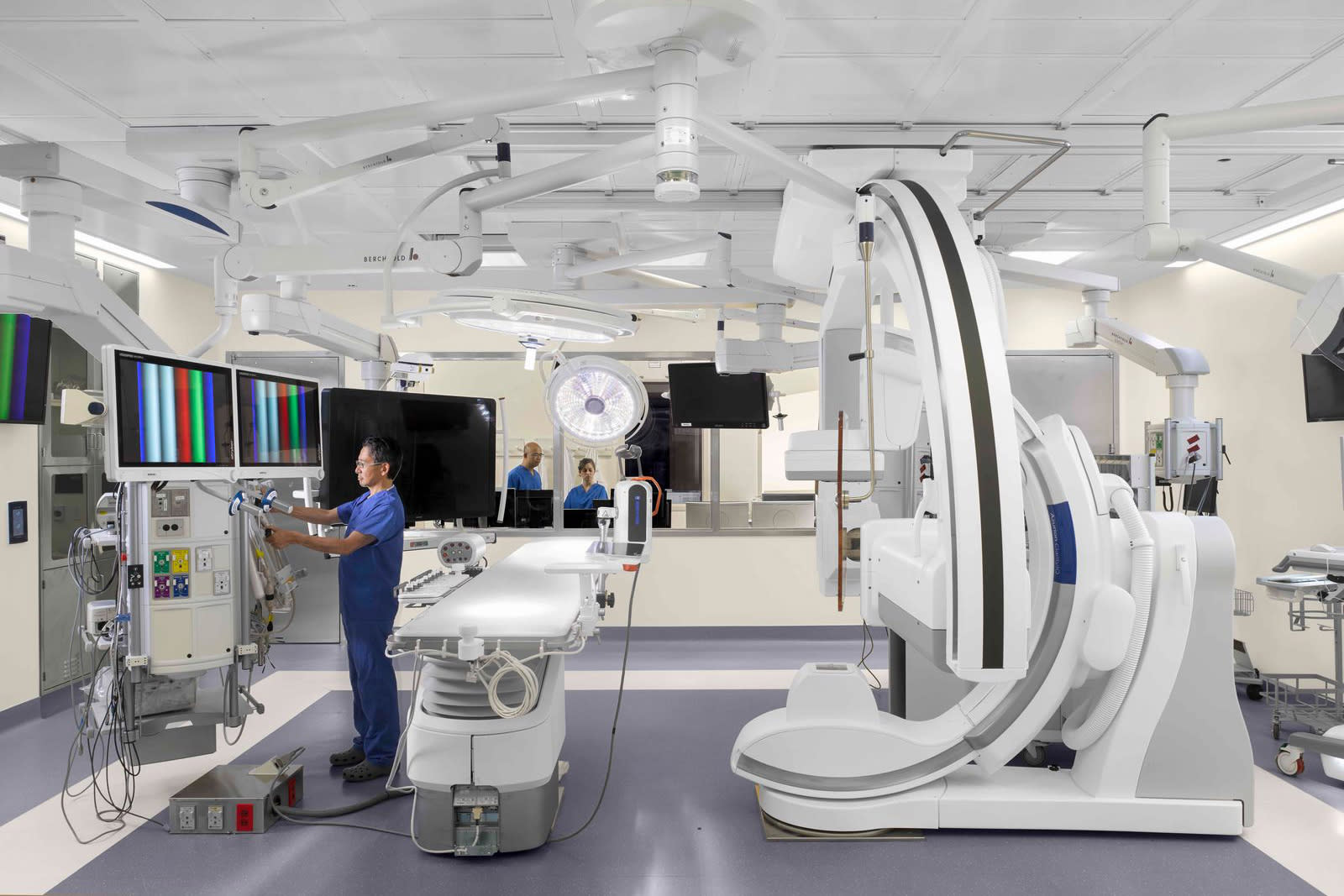 Technology only seems to find its way into hospitals in fits and starts. Stanford, however, is about to find out what happens when you build a tech-oriented hospital from the ground up. The university has opened a new hospital in Stanford Health Car...
Technology only seems to find its way into hospitals in fits and starts. Stanford, however, is about to find out what happens when you build a tech-oriented hospital from the ground up. The university has opened a new hospital in Stanford Health Car...
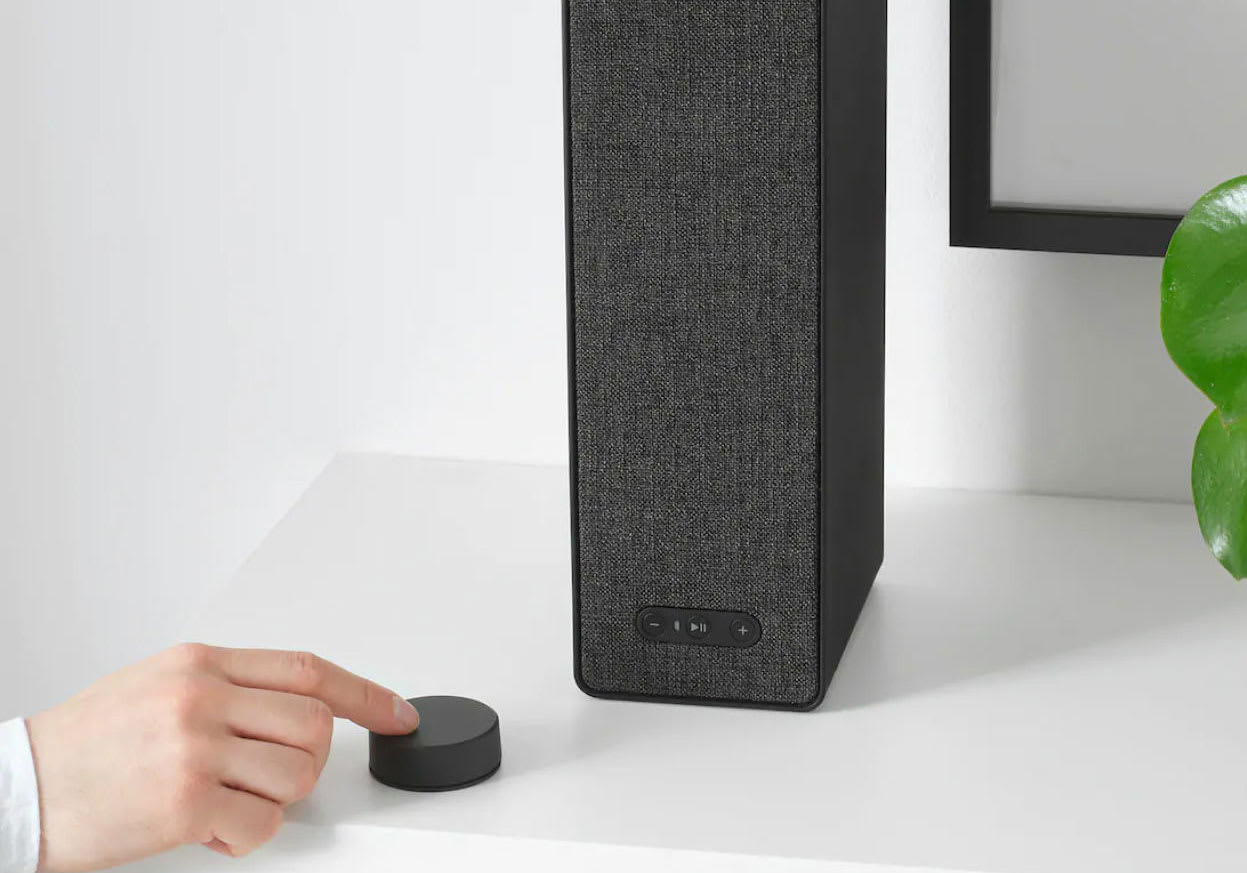 When IKEA launched a line of Sonos-powered SYMFONISK speakers last month, the Swedish furniture giant promised an accompanying remote. Spotted by Tweakers, the product page for the puck-shaped controller is now live. The SYMFONISK remote will launch...
When IKEA launched a line of Sonos-powered SYMFONISK speakers last month, the Swedish furniture giant promised an accompanying remote. Spotted by Tweakers, the product page for the puck-shaped controller is now live. The SYMFONISK remote will launch...
 The FIDO Alliance's mission is to reduce our reliance on passwords, so it doesn't come as a surprise that it's working to remove password use from internet of things devices. In fact, it's hoping to strengthen IoT security altogether and has formed t...
The FIDO Alliance's mission is to reduce our reliance on passwords, so it doesn't come as a surprise that it's working to remove password use from internet of things devices. In fact, it's hoping to strengthen IoT security altogether and has formed t...